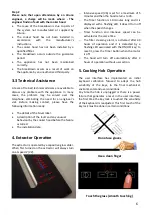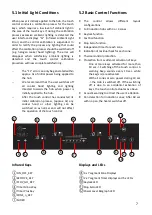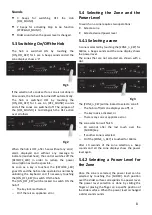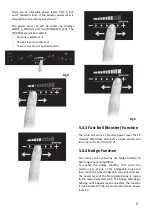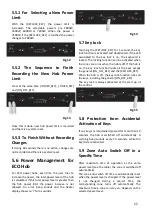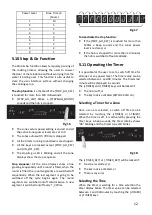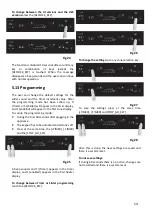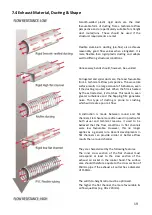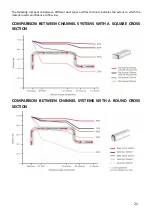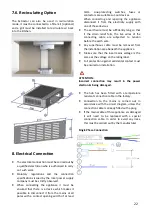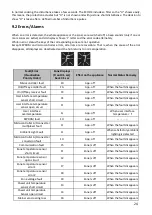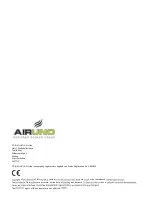
19
Smooth
-
walled plastic rigid ducts are the most
favourable form of ducting from a technical airflow
perspective and are particularly suitable for straight
duct routes/runs. These should be used if the
structural requirements are met.
Flexible aluminium ducting (alu
-
flux) also achieves
reasonably good flow values when elongated. It is
more flexible than rigid plastic ducting and adapts
well to differing structural conditions.
Unnecessary bends should, however, be avoided.
Corrugated and spiral ducts are the least favourable
from a technical airflow perspective. The wave
-
like
surface results in a large amount of turbulence, even
if the ducting is pulled taut. When the film is heated
by the extracted air, it stretches. This leads to even
greater turbulence and the flapping film generates
noise. This type of ducting is prone to crushing
which will create a poor air flow.
A distinction is made between round and flat
channels. Flat channels are often used in practice for
both visual and technical reasons. It used to be
believed that the flow conditions in flat channels
were less favourable. However, this no longer
applies as a general rule. Recent developments in
flat channels can provide similar or better airflow
results than a round channel.
They are characterised by the following features:
The inner cross section of the flat channel must
correspond at least to the cross section of the
exhaust air socket in the cooker hood. The surface
area should therefore equate to the cross section of
150mm pipe if the exhaust air outlet has a diameter
of 150mm.
The width
-
to
-
height ratio must be optimised.
The higher the flat channel, the more favourable its
airflow qualities (e.g. 90 x 220mm).
7.4 Exhaust Material, Ducting & Shape


